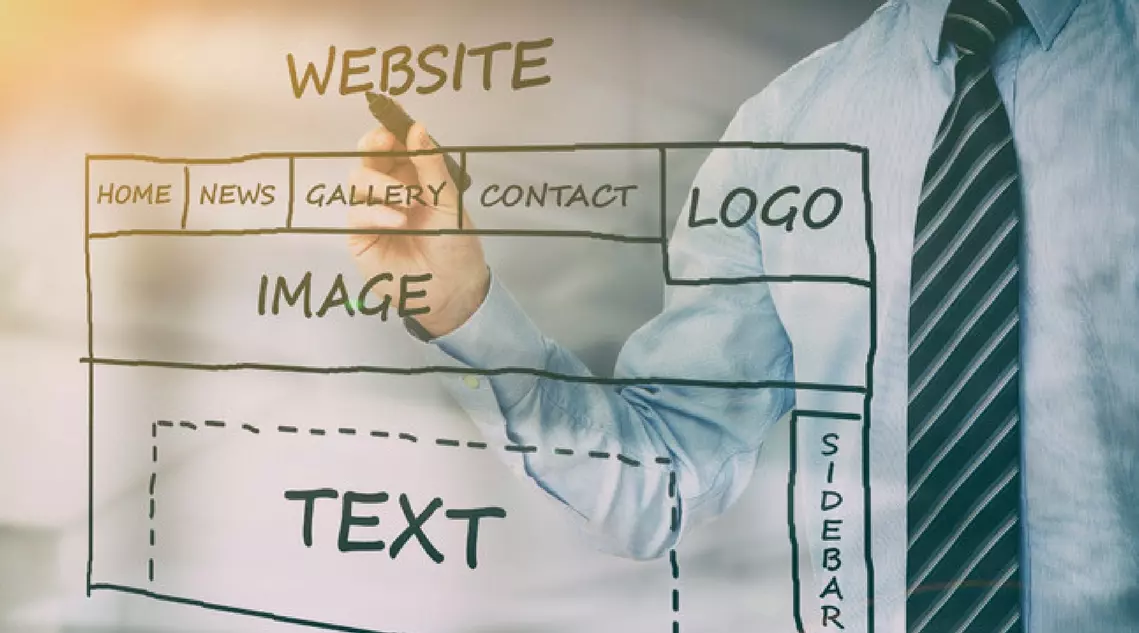
5 Ways to Improve Your Ecommerce Website
[ad_1]
There are two main problems that plague all ecommerce merchants: lack of traffic, and lack of conversions. If you’ve been having trouble with either—or want to improve both…here are five awesome tips for you.
First off, let’s make sure everyone knows the difference between traffic and conversion. We know it’s probably a trifling point for most of you, but just in case:
- Traffic: Generally speaking, the number of hits you get on your page. You can further qualify it as unique hits, and also define how long someone has to spend on your page to be a unique hit.
- Conversion: In the most general of terms, conversion is the ratio/percentage based on the number of people who visit your store and the number who make a purchase.
So with that being said, let’s look at how you can improve things overall for the betterment of the two.
#1. Your Pictures Aren’t Worth a Thousand Words
If you’ve grown tired of hearing how often taking amazing pictures is one of your top priorities as a merchant, bear with us for just one more time. Consumers are incredibly visual and drawn to images first and foremost.
If you don’t have a top-notch picture for your product, chances are incredibly slim they’ll go on to the next portion of your page (i.e. the product description).
#2. How Do I Pay For Thee? Let Me Count the Ways
Raise your hand if you’ve ever walked past a shop and seen those little ‘Visa’ and ‘MasterCard’ stickers on the front door. It’s a super handy way to know exactly which methods of payment the merchant offers (other than cash), and you’ll want to do the same with your online store.
It doesn’t take much to include it, just a couple of credit card logo icons at the top or bottom of your page. And if you offer PayPal as well, include a link gateway to make things even easier for people to pay for their purchases.
#3. Signed, Sealed, Delivered – It’s On Its Way
If you’ve managed to get people to the buying stage where the tipping factor is the method of delivery you offer, do what you can to seal the deal.
If this means free shipping, make that loud and clear.
If free shipping isn’t possible, you don’t have to explain why — just write a few words about how cheap it is. You might also want to think about offering a number of postage/delivery selections so people can choose how much they want to pay.
Just make sure to check with various postal services so your time-frames are as accurate as possible.
#4. Eliminate All Unnecessary Words
E.B. White and William Strunk, Jr. had some very wise words when they advised to ‘omit needless words’. Just as most people prefer images to the written version, those who do make it past your fancy pictures don’t want a Dostoyevsky-like product description. Brevity may be the soul of wit, but it’s also the spirit of content, too.
Conversely, don’t chop words at the expense of adequate description. To get the right balance, use only verbs and nouns in point form sentences. Avoid adjectives and adverbs. Add ‘filler’ words (like connectors and the like) to form complete sentences, relying on the notion that a product should speak for itself.
You’ll want to sell its features, of course, but use the technique of story-telling rather than wasteful fluff.
#5. It’s All About User Interface/Experience
If you’ve spent any time designing your own site, no doubt you’ve come across the acronyms ‘UX’ and/or ‘UI’, which stand for ‘user experience’ and ‘user interface’, respectively. They refer to how easy or difficult it is for a person to navigate a site on various devices.
Google is an excellent example of how the adage ‘less is more’ is a good one to follow. You never want to burden your visitors with poor design and layout, such as a background cluttered with words/icons/images/links/boxes etc.
Keep the background simple and light, display your most important information at the top and work down, try not to use more than six categories, and tinker with A/B testing about where your logo should go (we generally like top-left, with slight CSS padding to so it’s not sharply in the corner).
[ad_2] Source




